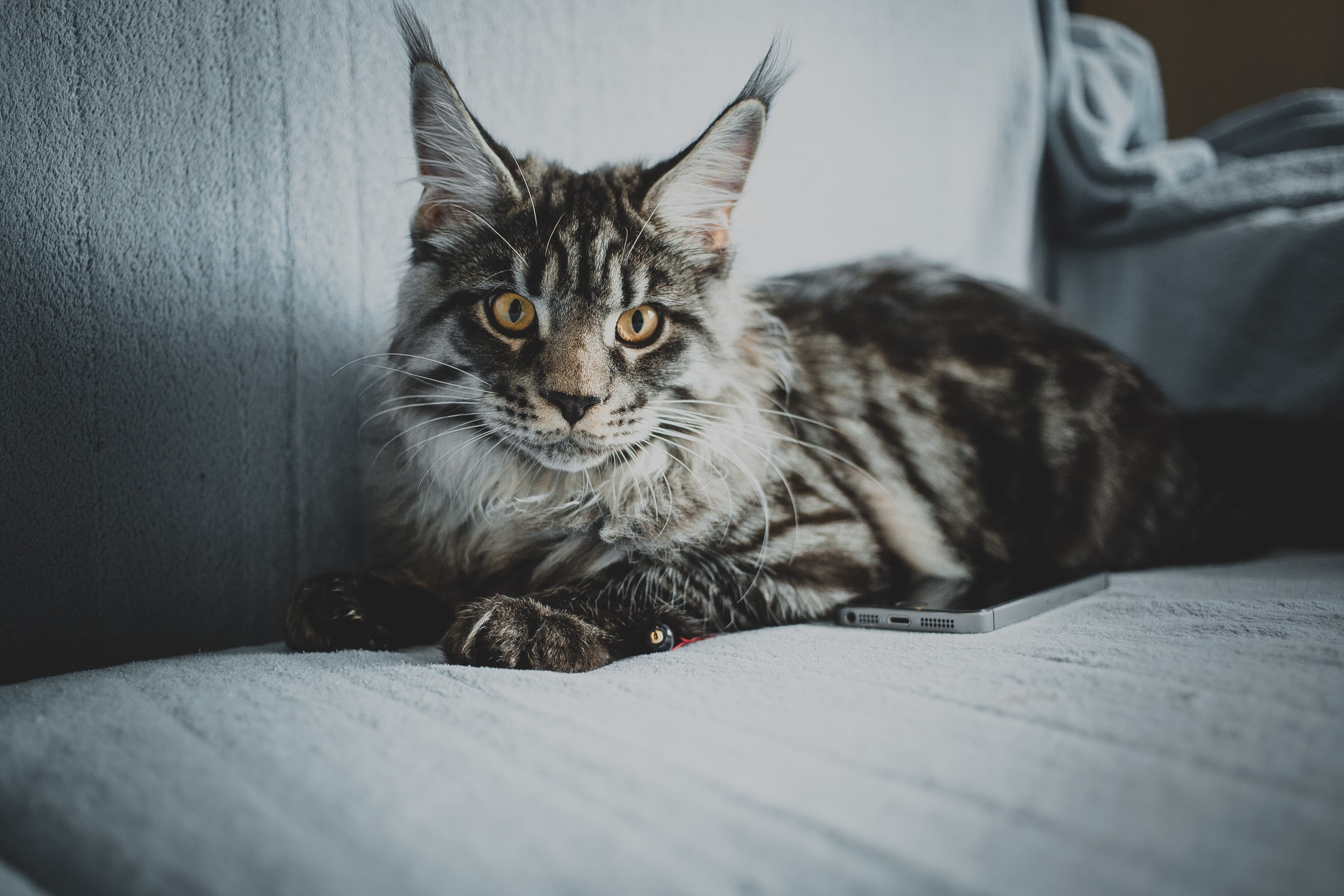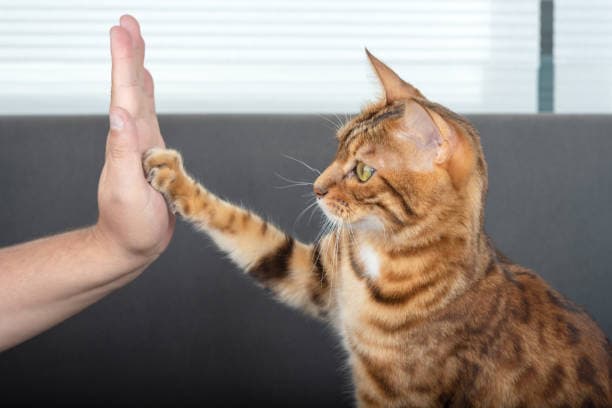
Cat Guides


In nature, big cats first appeared in regions with cold climate. Their size has been influenced by evolution. The larger the cat, the less its heat loss. Modern big cats have occurred as a result of interspecific crossbreeding.

Cats communicate through a variety of body language cues such as tail position, ear movement, eye gaze, and fur texture. Understanding these cues can help us better interpret a cat's mood and intentions. For example, a relaxed cat may have a loose tail and relaxed ears, while a dominant cat may have a straight, upright tail and forward-facing ears. Additionally, a cat's behavior such as lying down or sitting can also indicate their state of mind. Understanding cat body language can improve communication and strengthen the bond between cat and owner.

Cats are mysterious creatures and often can seem to want to keep us guessing. One of their many mysteries is the question, why do cats have tails? It is widely known that cats have tails, and not all animals do. It's even harder to comprehend how they are unique to cats and their purpose in a cat's life.
